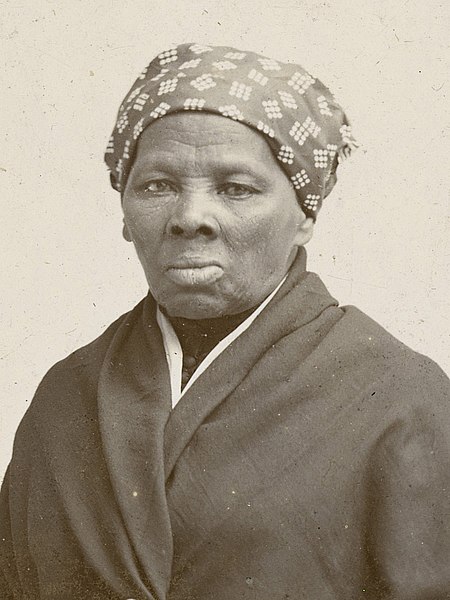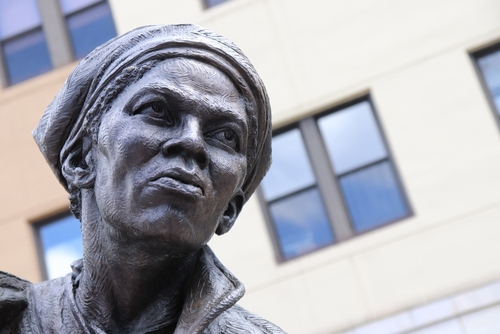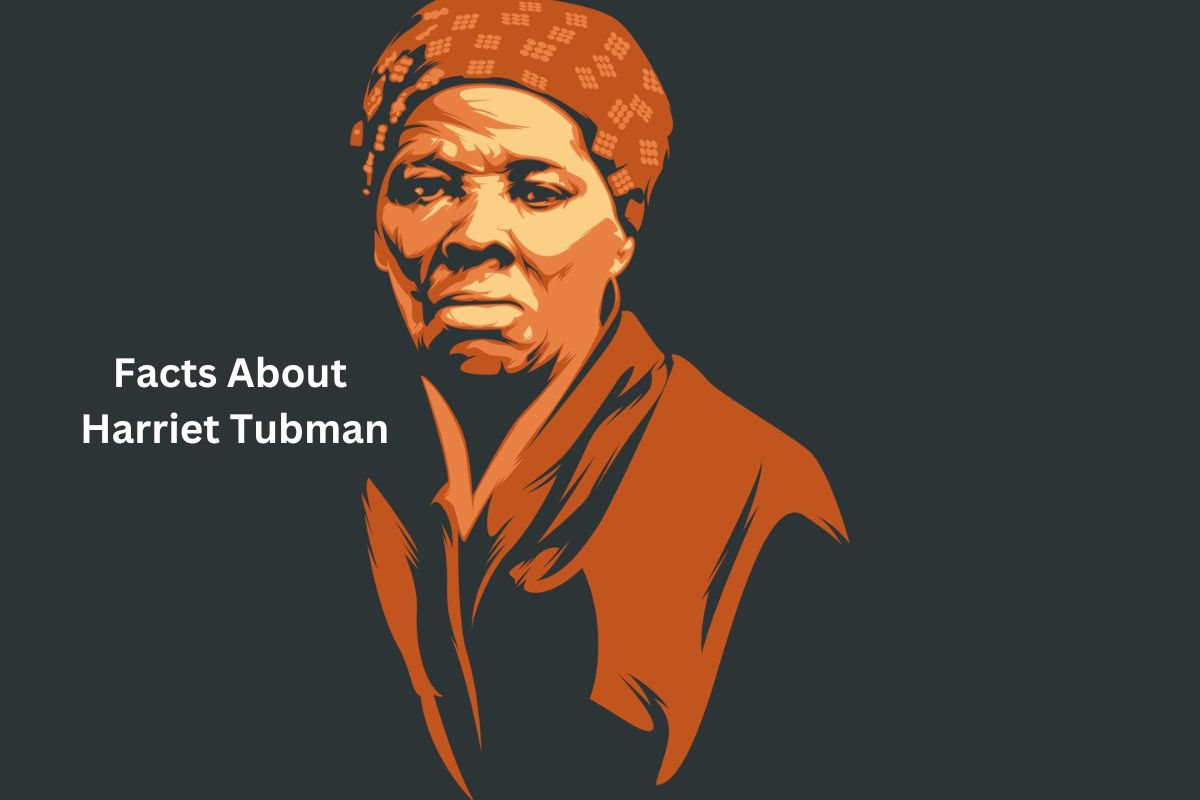Harriet Tubman, born into slavery around 1822, was a courageous African American abolitionist who defied the chains of oppression to secure freedom for herself and countless others.
Escaping to the North, she became a pivotal figure in the Underground Railroad, leading enslaved individuals to liberty and safety.
Her extraordinary dedication to the cause of emancipation, coupled with her unwavering advocacy for women’s rights, earned her the nickname “Moses” and cemented her legacy as an enduring symbol of courage and resilience in the fight against slavery and injustice.
Harriet Tubman Facts
1. Born around 1822 on a Maryland plantation
Harriet Tubman was born around 1822 on a plantation in Dorchester County, Maryland. Her birth name was Araminta Ross, and she was born into slavery.
As a child, she experienced the harsh and brutal conditions of slavery.

2. Escaped slavery in 1849 and reached freedom in Pennsylvania
In 1849, at the age of around 27, Tubman escaped from slavery, fleeing to Philadelphia, Pennsylvania. She used the North Star as a guiding point to find her way to freedom.
3. Became a conductor on the Underground Railroad, helping around 70 enslaved individuals to escape
After reaching freedom, Harriet Tubman became an active conductor on the Underground Railroad, a network of secret routes and safe houses used by enslaved African Americans to escape to the free states or Canada.
Also Read: Harriet Tubman Timeline
Tubman made an estimated 13 missions and rescued approximately 70 enslaved individuals, including family members, leading them to freedom.
4. Nicknamed “Moses” for her courage and leadership
Due to her bravery and successful efforts in leading enslaved people to freedom, Tubman earned the nickname “Moses.” This was a reference to the biblical figure who led the Israelites to freedom from slavery in Egypt.
5. A prominent abolitionist and women’s suffrage advocate
Harriet Tubman was not only involved in the Underground Railroad but also became an outspoken abolitionist and advocate for women’s suffrage.
Also Read: Accomplishments of Harriet Tubman
She worked alongside prominent abolitionists like Frederick Douglass and John Brown.

6. Served as a nurse, cook, spy, and scout during the Civil War
When the American Civil War broke out in 1861, Tubman served as a nurse, cook, and spy for the Union Army. She even played a role as an armed scout and intelligence gatherer, providing crucial information to Union forces during military campaigns.
7. Led the Combahee River Raid, rescuing around 750 enslaved people
One of her most significant contributions during the Civil War was the Combahee River Raid in 1863. Tubman guided Union Army steamboats, leading them through Confederate mines, and assisted in the rescue of around 750 enslaved people in South Carolina.
8. Settled in Auburn, New York, after the war
After the Civil War, Tubman settled in Auburn, New York, with her second husband, Nelson Davis. She devoted much of her time to supporting formerly enslaved people and continued her advocacy work for women’s rights.
9. Suffered from health issues due to a head injury as a teenager
Harriet Tubman experienced physical health issues throughout her life, mainly due to a severe head injury she suffered as a teenager. This injury caused chronic pain, dizziness, and even seizures, but she persisted in her fight against slavery and for equality.
10. Her legacy endures as an American hero, with plans to feature her on the $20 bill
Harriet Tubman’s remarkable courage, determination, and efforts in the fight against slavery and for human rights have cemented her as an American hero. In 2020, it was announced that her portrait would replace Andrew Jackson’s on the U.S. $20 bill, making her the first African American and woman to be featured on U.S. currency.
